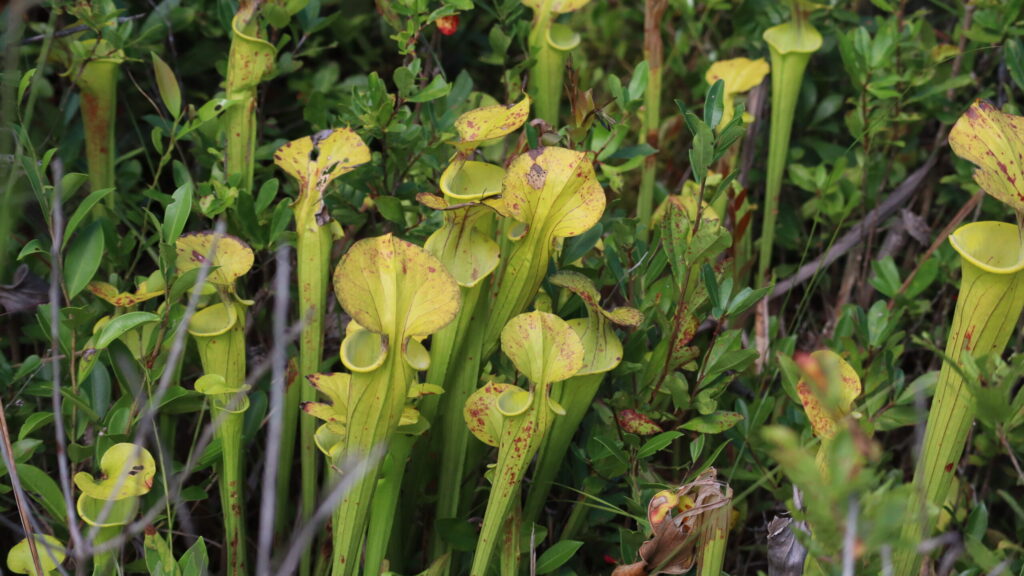Climate Impact Summaries for Rare-Plant Biodiversity in the Southeastern U.S.

Project Information
Principal Investigator: Jennifer Cartwright, USGS | Southeast Climate Adaptation Science Center
Project Start: February 2023
Proposed Project Completion Date: February 2024
Implements Science Plan Theme: Impacts
Cooperator/Partners:
Wesley Knapp (NatureServe)
Amanda Treher Eberly (NatureServe)
Emily Coffey (Southeastern Plant Conservation Alliance)
Carrie Radcliffe (Southeastern Plant Conservation Alliance)
Sarah Norris (Southeastern Plant Conservation Alliance)
Jon Ambrose (Georgia Department of Natural Resources)
Paul Armsworth (University of Tennesse)
Alan Weakley (University of North Carolina – Chapel Hill)
Overview
The southeastern U.S. is home to many rare plant species, some at risk of extinction. A new national list has identified the top plant “Species of Greatest Conservation Need” (SGCN) across the region which can help southeastern states update their State Wildlife Action Plans (SWAPs) to include plants for the first time.
In partnership with the Southeast Plant Conservation Alliance, NatureServe, and the SE Association of Fish and Wildlife Agencies, this project will build on the SGCN list by adding information for each species compiled from any previously conducted climate-vulnerability assessments. It will also identify the ecosystems that host the greatest numbers of rare plant species on the list (biodiversity hotspots for rare plants in the Southeast). For a subset of these ecosystems, this project will produce climate-vulnerability summaries in the form of figures and text to present and interpret climate-change projections and potential impacts to ecosystems. The work will also identify species lacking climate-vulnerability information.
Collectively, this information about species and habitat-level climate impacts on SGCN plants will help support rare plant conservation efforts, identify research gaps and opportunities, and advise SWAP development, thereby helping preserve an important part of the natural heritage of the Southeast.
